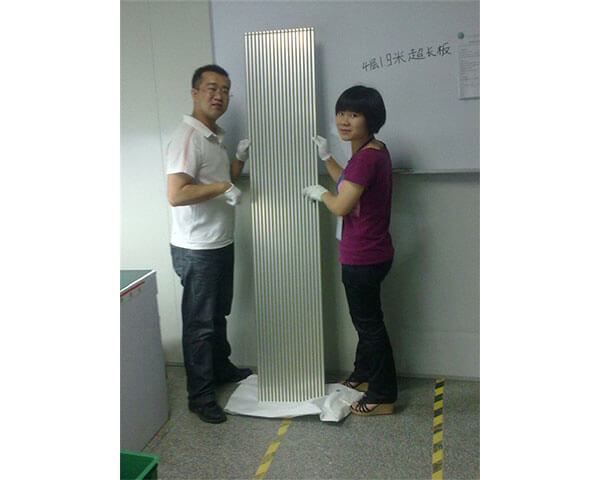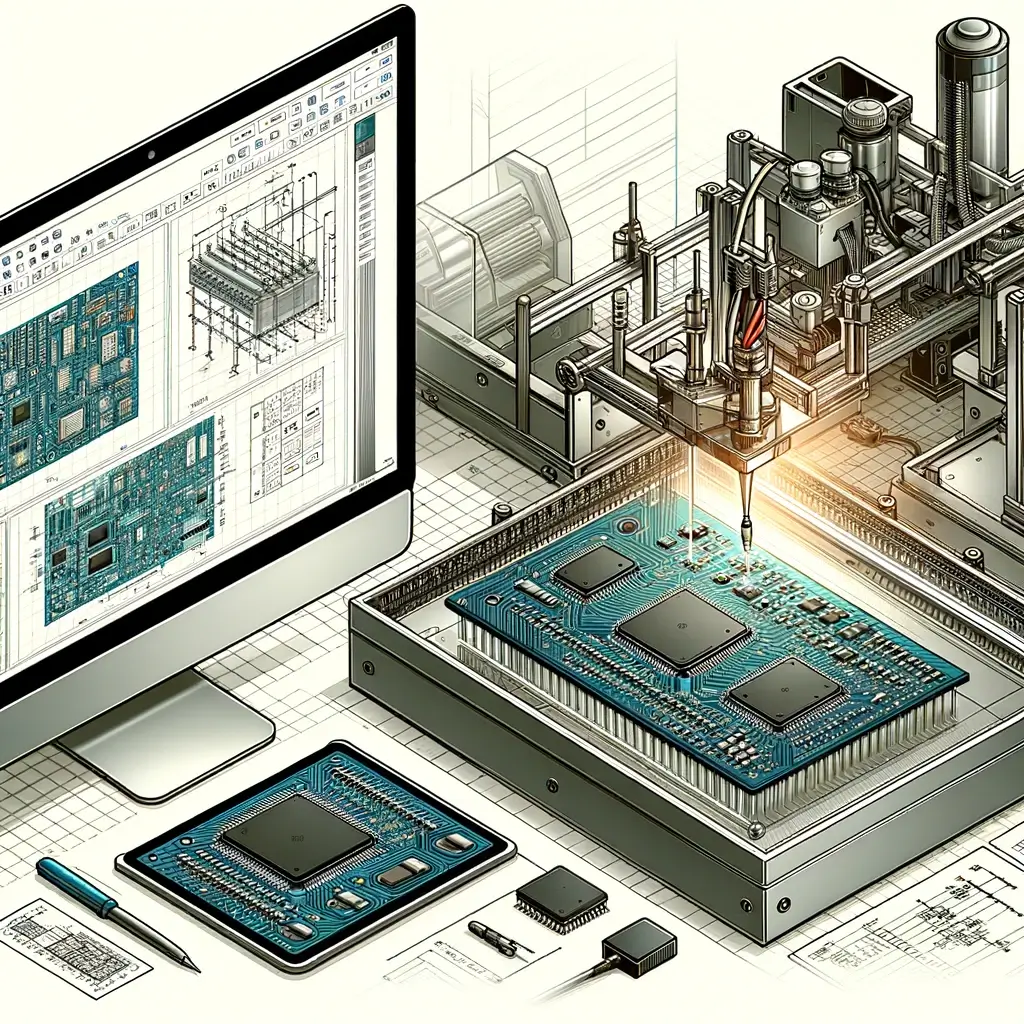Bare printed circuit boards have a buyer power score of 3.4 out of 5. This score indicates that neither buyers nor suppliers have a significant edge during price negotiations. “Mixed negotiating conditions are the result of accelerating price increases and a variety of factors that benefit and hamper buyer power, including low supply chain risk and moderate financial instability among vendors,” says IBISWorld procurement analyst Andrew Krabeepetcharat.
Price trends have been stable in the three years to 2014. Rising consumer spending, IT investments and internet traffic have resulted in higher demand for bare printed circuit boards used in many applications, including consumer electronics, computer and IT hardware and telecommunications networks and equipment. Price increases have, however, been moderated by low market share concentration and the commoditization of circuit boards, both of which have boosted price-based competition and pressured suppliers to keep prices low. Unfortunately, China PCB manufacturer cost growth is expected to accelerate in the three years to 2017 as demand for printed circuit boards rises further. “In addition, suppliers’ input costs will not decline as quickly as they have during the past three years, contributing to faster price growth during the forecast period,” adds Krabeepetcharat. There are some market factors that have benefited buyers. Quick turn PCB Circuit boards are commoditized, and product offerings are similar across different pcb suppliers. Low market concentration, meanwhile, indicates that buyers have access to many suppliers and that no one supplier has too much control over prices in the market. Furthermore, switching costs are also low, enabling buyers to negotiate lower prices by leveraging their ability to change suppliers. Buyers also benefit from the market’s low supply chain risk. Supply chain risk is low, indicating that suppliers have ready access to the raw materials required to manufacture circuit boards. As such, buyers should not have trouble procuring a stable supply of the products. However, some suppliers have unstable financial structures, putting them at risk for bankruptcy. Buyers may have their supply disrupted if their PCB supplier goes out of business.



